The Lion in Winter (1968 film)
9.2 /10 1 Votes9.2
90% Rotten Tomatoes 4.7/5 Amazon Genre Drama, History Duration Language English | 8.2/10 IMDb 4/4 Roger Ebert Country United KingdomUnited States | |||||||||||||||||||||||||||||||||
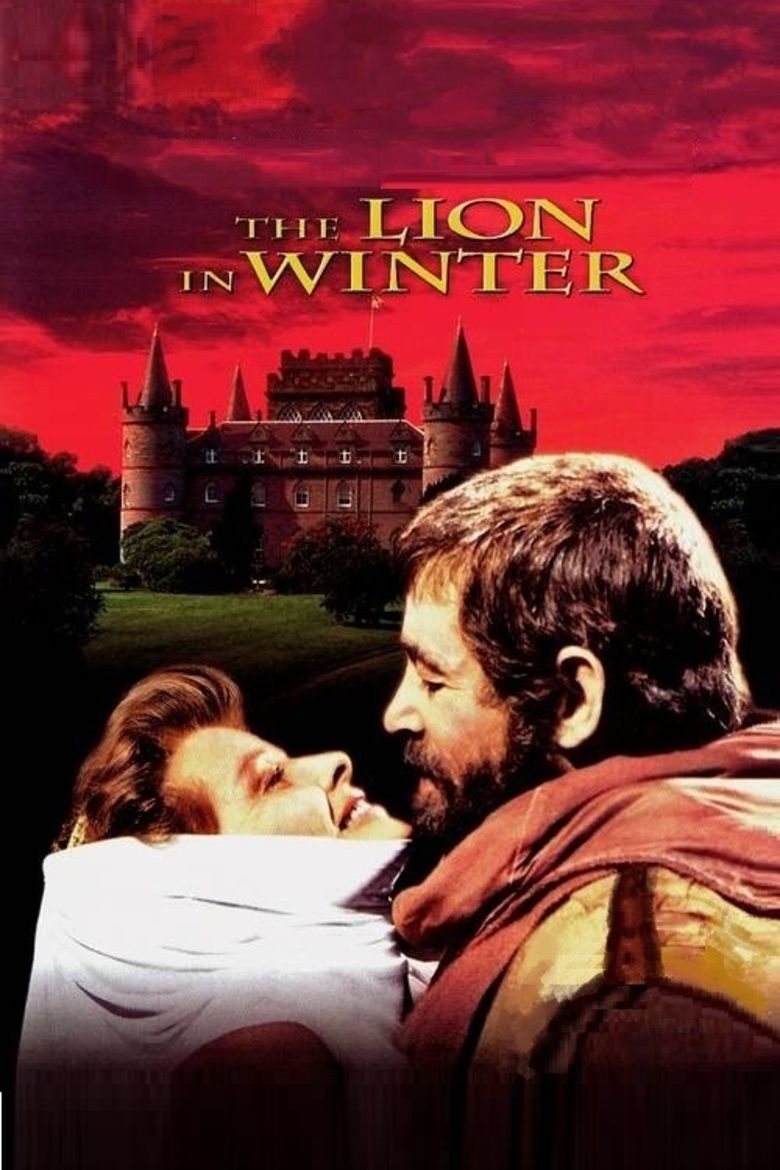 | ||||||||||||||||||||||||||||||||||
Release date October 30, 1968 (1968-10-30) Cast Similar movies National Theatre Live: Macbeth , The Lion King , Manhattan , Attila , Diabolique , Ironclad Tagline The most significant reserved seat attraction of the year! | ||||||||||||||||||||||||||||||||||
The lion in winter 1968 trailer
The Lion in Winter is a 1968 historical drama film based on the Broadway play by James Goldman. It was directed by Anthony Harvey and produced by Joseph E. Levine and Martin Poll from Goldman's adaptation of his own play, The Lion in Winter. The film stars Peter O'Toole, Katharine Hepburn, John Castle, Anthony Hopkins as Richard the Lionheart (in his film debut in a major role), Jane Merrow and, in early appearances, Timothy Dalton (in his film debut) and Nigel Terry.
Contents
- The lion in winter 1968 trailer
- Steve hayes tired old queen at the movies the lion in winter
- Plot
- Historical background
- Cast
- Background and production
- Reception
- Preservation
- Academy Awards
- BAFTA Awards
- Golden Globe Awards
- Other awards
- References
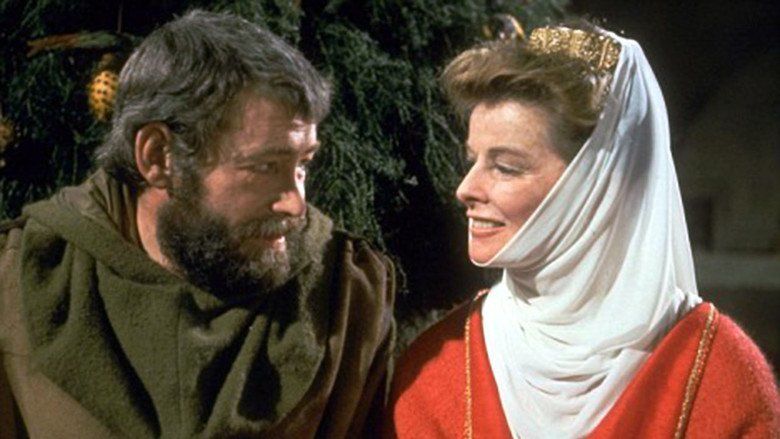
The film was a commercial success (the 12th highest-grossing film of 1968) and won three Academy Awards, including one for Hepburn as Best Actress. There was a television remake in 2003.
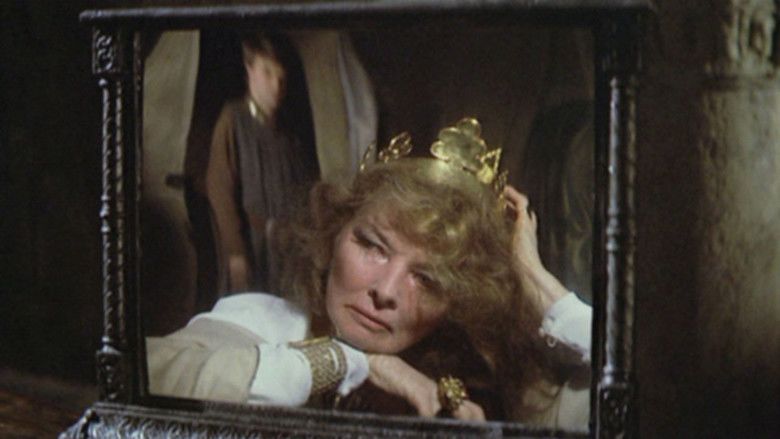
Steve hayes tired old queen at the movies the lion in winter
Plot
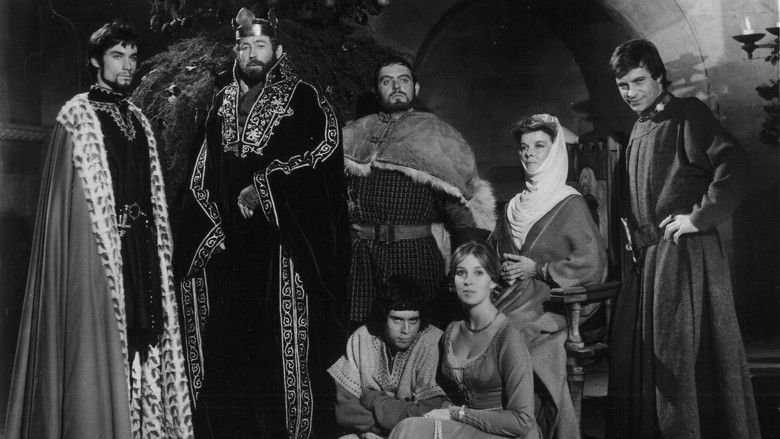
The Lion in Winter is set during Christmas 1183, at King Henry II's château and primary residence in Chinon, Anjou, within the Angevin Empire of medieval France. Henry wants his youngest son, the future King John, to inherit his throne, while his estranged and imprisoned wife, Duchess Eleanor of Aquitaine, temporarily released from prison for the holidays, favours their oldest surviving son, the future King Richard the Lionheart. Meanwhile, King Philip II of France, the son and successor of Louis VII of France, Eleanor's ex-husband, has given his half-sister Alais, who is currently Henry's mistress, to the future heir, and demands either a wedding or the return of her dowry.
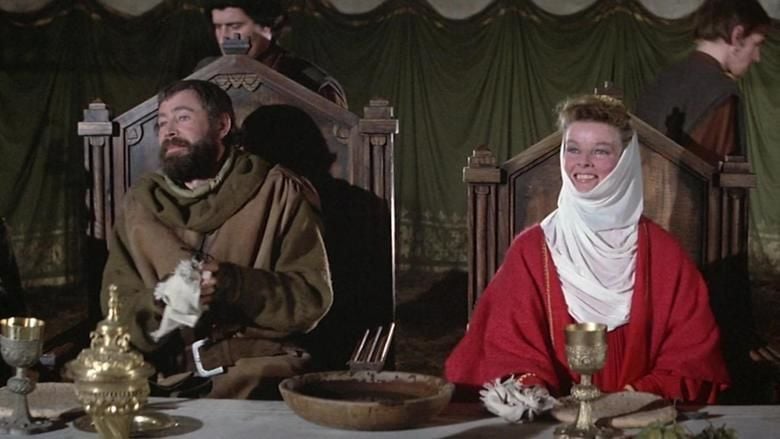
As a ruse, Henry agrees to give Alais to Richard and make him heir-apparent. He makes a side deal with Eleanor for her freedom in return for Aquitaine, to be given to John. When the deal is revealed at the wedding, Richard refuses to go through with the ceremony. After Richard leaves, Eleanor masochistically asks Henry to kiss Alais in front of her, and then looks on in horror as they perform a mock marriage ceremony. Having believed Henry's intentions, John, at the direction of middle brother, Geoffrey II, Duke of Brittany, plots with Philip to make war on England. Henry and Phillip meet to discuss terms, but Henry soon learns that Phillip has been plotting with John and Geoffrey, and that he and Richard were once lovers.
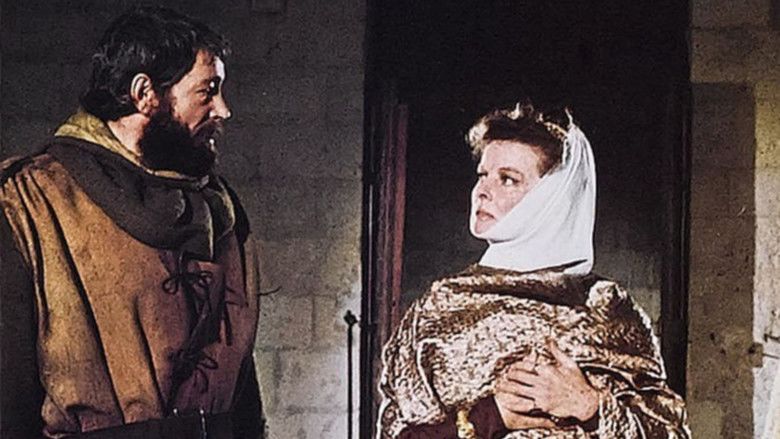
Henry dismisses all three sons as unsuitable, and locks them in a wine cellar, telling Alais, "the royal boys are aging with the royal port." He makes plans to travel to Rome for an annulment, so that he can have new sons with Alais, but she says he will never be able to release his sons from prison or they will be a threat to his future children. Henry sees that she is right and condemns them to death, but cannot bring himself to kill them, instead letting them escape. He and Eleanor go back to hoping for the future, with Eleanor going back on the barge to prison, laughing it off with Henry before she leaves.
Historical background
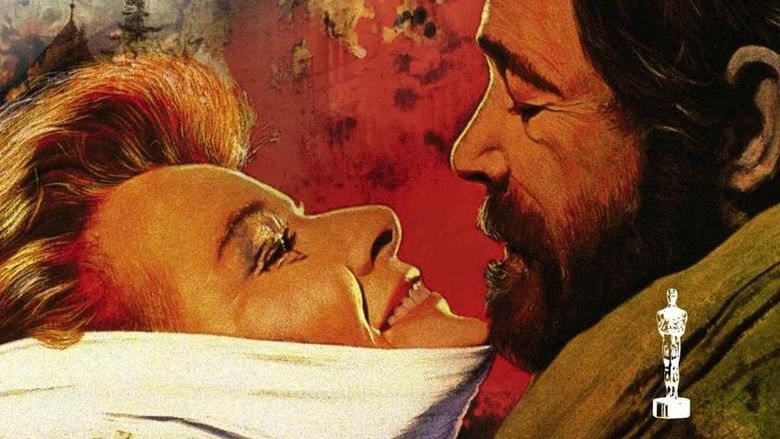
Though the background and the eventual destinies of the characters are generally historically accurate, The Lion in Winter is fictional; none of the dialogue or action is historical. There was a Christmas court at Caen in 1182 but there was no Christmas court at Chinon in 1183. In reality, Henry had many mistresses and many illegitimate children; the "Rosamund" mentioned in the film was his mistress until she died. The article on the Revolt of 1173–1174 describes the historical events leading to the play's events. There was also a second rebellion, when Young Henry and Geoffrey revolted in 1183, resulting in Young Henry's death. While some historians have theorized that Richard was homosexual, historians remain divided on the question.
Geoffrey died in 1186 in a jousting tournament held in Paris (with some speculation that Geoffrey was involved in plotting against Henry with Philip at the time). A third rebellion against Henry by Richard and Philip in 1189 was finally successful, and a decisively defeated Henry retreated to Chinon in Anjou, where he died. Richard the Lionheart succeeded Henry II, but spent very little time in England (perhaps 6 months) after which he became a central Christian commander during the Third Crusade, leading the campaign after the departure of Philip. Richard scored considerable victories against his Muslim counterpart, Saladin, although he did not succeed in retaking Jerusalem. John finally succeeded Richard in 1199 after Richard's death. During his unsuccessful reign he lost most of his father's holdings in Northern France and angered the barons, who revolted and forced him to sign the Magna Carta. John is also known for being the villain in the Robin Hood legends.
Cast
Background and production
The original stage production had not been a success, getting a bad review in the New York Times and losing $150,000. Producer Martin Poll optioned Goldman's novel Waldorf for the movies. They discussed Lion in Winter which Poll read and loved. He hired Goldman to write a screenplay. Poll was meant to make a film with Joseph Levine and Peter O'Toole, The Ski Bum. That project fell over and Poll suggested they do Lion in Winter instead.
In October 1967, the actors rehearsed at Haymarket Theatre in London. Production started in November 1967 and continued until May 1968.
The film was shot at Ardmore Studios in Bray, County Wicklow, Ireland, and on location in Ireland, Wales, and in France at Abbaye de Montmajour, Arles, Château de Tarascon, Tarascon and Tavasson, Saône-et-Loire. The film debuted on 30 October 1968 (29 December 1968 London premiere).
O'Toole, who was 36, portrays Henry II at age 50. He had played the same king as a young man in the film Becket just four years earlier.
The sculpted stone figures appearing during the main title music were a lucky, unexpected find by the director while shooting scenes in France. They were filmed along the artist's driveway and later edited to create the title sequence where they appear to be on interior walls of the castle.
Reception
The film earned an estimated $6.4 million in distributor rentals in the domestic North American market during its initial year of release. It was the 14th most popular movie at the U.S. box office in 1969. The Lion in Winter received a 90% rating on Rotten Tomatoes based on 31 reviews.
Preservation
The Academy Film Archive preserved The Lion in Winter in 2000.
Academy Awards
The film received three awards out of seven nominations.
BAFTA Awards
The film received two wins out of seven nominations.
Golden Globe Awards
The film received two wins out of seven nominations.
Other awards
British Society of Cinematographers
David di Donatello Awards
Directors Guild of America Awards
Laurel Awards
New York Film Critics Circle Awards
Writers' Guild of Great Britain
Writers Guild of America Awards
References
The Lion in Winter (1968 film) WikipediaThe Lion in Winter (1968 film) IMDbThe Lion in Winter (1968 film) Rotten TomatoesThe Lion in Winter (1968 film) Roger EbertThe Lion in Winter (1968 film) Amazon.comThe Lion in Winter (1968 film) themoviedb.org
